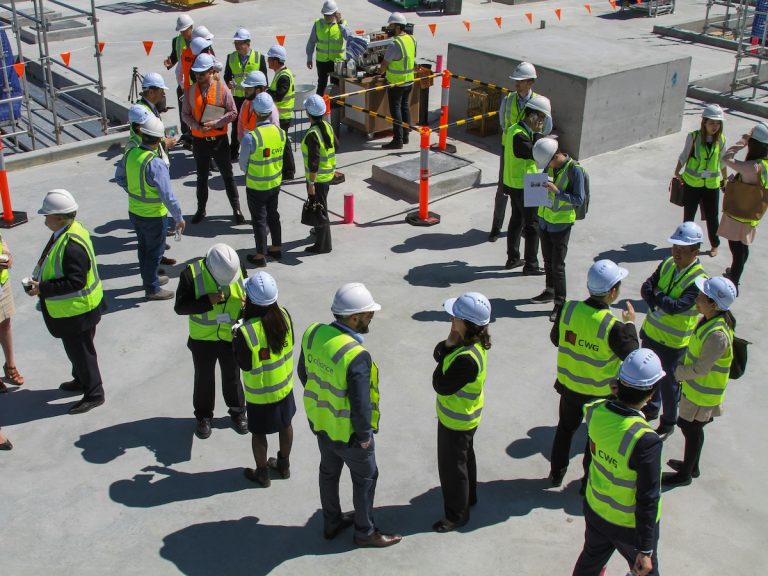PPE won’t be unfamiliar to you if you work in construction. Or, indeed, any business where your workforce needs protecting from hazards. Take medicine, renewables, telecomms, utilities – these are just some of the sectors to which PPE will apply.
Employers must protect their employees from rick by providing them with suitable PPE, free of charge, if a risk assessment deems that it is necessary.
So if you’re an employer in a sector which puts employees at risk from injury then read on, as we address why PPE is important in construction.
What is PPE?
PPE legistation
Legislation was passed in 1992 to make it mandatory for employers to provide their workforce with PPE, effective from the 1st of January 1993.
The Personal Protective Equipment at Work Regulations cite that employers must provide PPE that is:
- Appropriate to the risks involved and conditions at the place where exposure to the risks may take place
- Properly assessed before use to ensure that it is fit for purpose, taking into account the ergonomic requirements and state of health of the person wearing it and properly fitting the wearer
- Maintained and stored properly
- Provided along with instructions to make sure that it is used properly
- Used correctly by workers
- Compliant with any enactment in Great Britain
On the 6 April 2022, further legislation was brought in for limb (b) workers to ensure that they are also provided with adequate PPE. (Limb (b) describes workers who generally have a more casual employment relationship and work under a contract for service – they do not currently come under the scope of PPER 1992).
Self-employed workers must make sure that they are provided with adequate protective equipment it they are exposed to a risk to health and safety.
Employees are duty bound to report any loss or defective PPE.
PPE in construction
PPE is an essential forethought for every construction business.
According to HSE, in 2022/23 there were 135 work related fatal injuries in Great Britain. 45 of these were from the construction sector.
Given that the UK construction sector employs 1.4 million workers, this total number of fatalities is a small percentage of workers.
Statistic show that the number of fatalities at work injuries per 100,000 workers has fallen to around a fifth of what it was in 1981 – from 2.1 to 0.41.
This implies that better PPE is having a positive impact, but we strive to achieve a scenario where there are no avoidable work-related fatalities.
The high costs of failing to meet legislation
Despite the construction sector closely following health and safety protocols, companies rely on their employees’ compliance when at work.
Complacency is often at the centre of fatalities, with workers not utilising their PPE properly in order to speed up tasks and meet deadlines, weighing up risk vs experience and sometimes favouring their experience. This is a costly mistake.
Not using harnesses is one such example, resulting in fatalities from falls (the highest cause of fatality, accounting for 40% of work related fatalities). Also, not maintaining the correct distance from machinery has caused a number of fatalities when machinery goes wrong or something explodes under pressure.
Utilising PPE correctly is the best way to protect themselves, and their employers from catastrophic outcome.
Summary
The cost of complacency when it comes to PPE can be high, with no sector more at risk than construction. But progress is positive, with the number of fatalities being at their lowest ever. Risks must continue to be regularly assessed, and workers reminded that regardless of their experience, health and safety protocols are there to protect them from dangerous consequences.

